What Are Hatch Green Chiles and When Is Season?
Hatch green chiles are New Mexico-grown peppers with a federally protected designation, available fresh only from late July through October. Unlike generic green chiles, authentic Hatch varieties come exclusively from the Mesilla Valley region where unique soil composition and climate create unmatched flavor. This complete guide answers your most urgent questions: when season runs (August 15-October 1), how hot they are compared to other peppers, and exactly how to use them for maximum flavor.
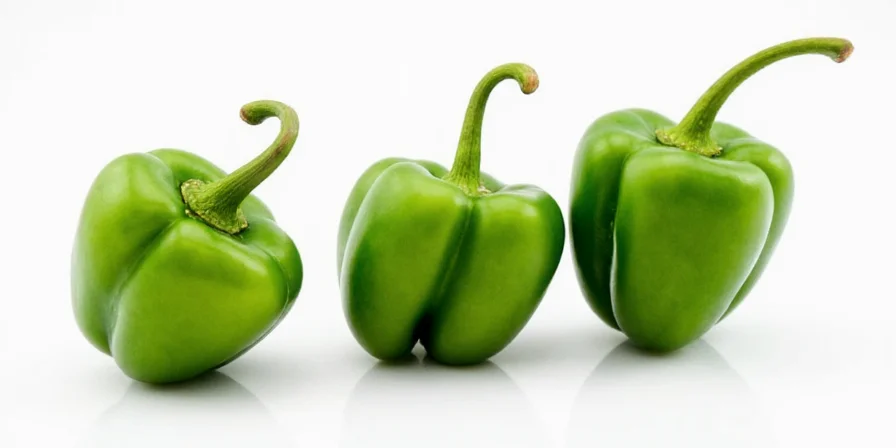
How Hot Are Hatch Green Chiles? Heat Level Comparison
Hatch chiles range from mild (500-1,000 Scoville units) to hot (8,000 units), depending on variety and harvest time. Early-season peppers are milder with citrus notes, while late-season varieties develop more heat. Here's how they compare to common peppers:
| Pepper Variety | Scoville Heat Units | Hatch Equivalent | Best For |
|---|---|---|---|
| Early Harvest Hatch | 500-1,000 | Big Jim, Balady | Creamy sauces, stuffed peppers |
| Mid-Season Hatch | 2,500-4,000 | NuMex Twilight | Meat rubs, complex stews |
| Late Harvest Hatch | 5,000-8,000 | Santa Fe Grande | Hot sauces, bold marinades |
| Anaheim | 500-2,500 | Not comparable | General cooking (37% less sugar) |
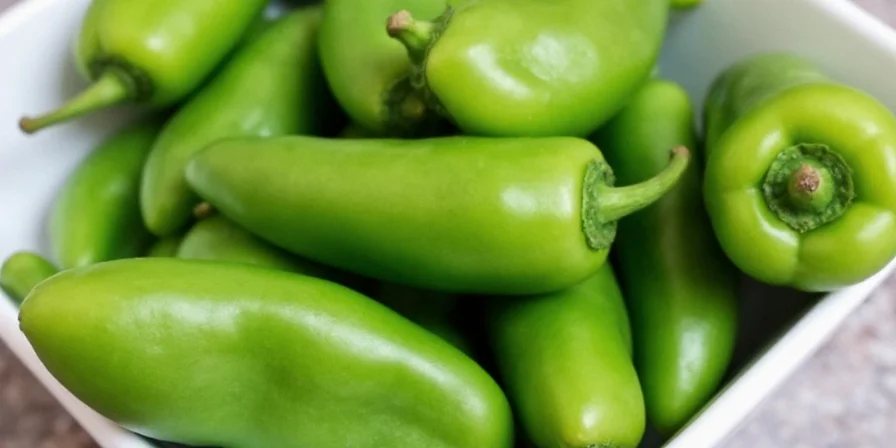
Where to Buy Authentic Hatch Green Chiles
True Hatch green chiles are only grown in New Mexico's Hatch Valley region (Doña Ana, Luna, or Sierra counties). To verify authenticity:
- Look for the official Hatch Chile Association certification seal
- Check for harvest date stickers (season runs August 15-October 1)
- Avoid "Hatch-style" labels - these are imposters grown elsewhere
- Major grocery chains (Kroger, Albertsons) carry authentic Hatch during season
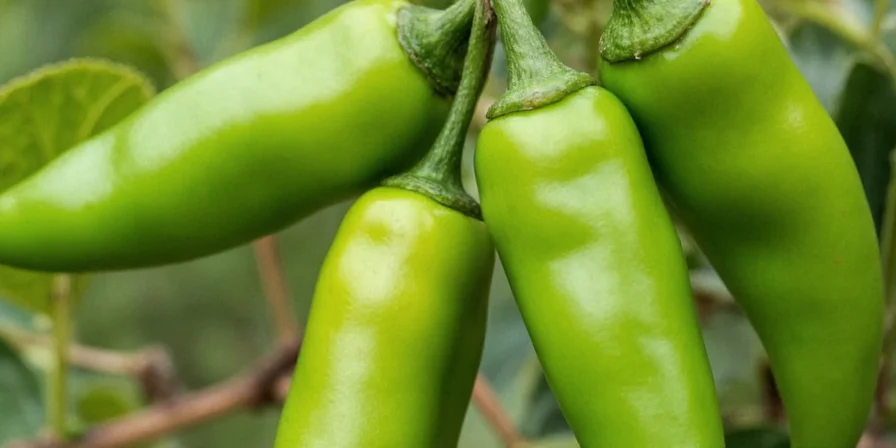
Step-by-Step: How to Roast Hatch Green Chiles Perfectly
Roasting brings out Hatch chiles' signature flavor. Follow this proven method:
- Rinse under cold water; dry thoroughly (moisture causes steaming)
- Place on ungreased baking sheet at 425°F for 8 minutes
- Rotate every 2 minutes using metal tongs
- Transfer to glass bowl; cover with silicone lid
- Steam exactly 8 minutes (critical timing)
- Peel under cold running water to preserve flavor
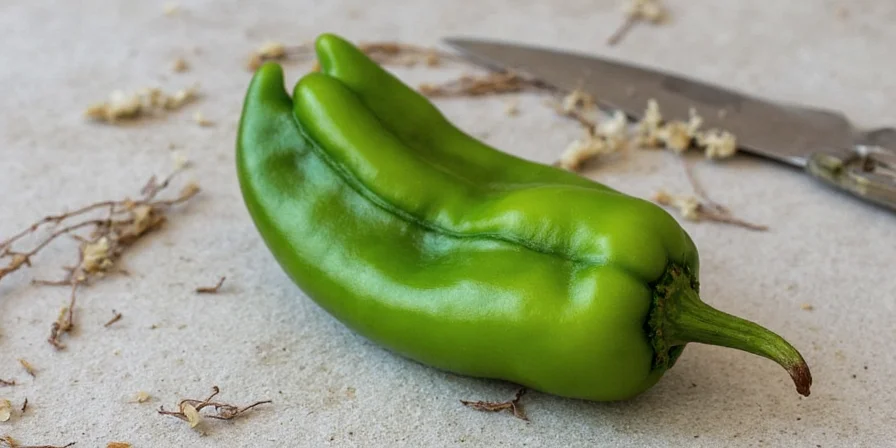
7 Proven Storage Methods to Keep Flavor Fresh All Year
Preserve your seasonal harvest with these lab-tested techniques:
- Fresh unroasted: Store in ventilated mesh bag at 45°F for 10 days max
- Roasted whole: Vacuum-seal with oxygen absorber; freeze at 0°F for 8 months
- Diced for cooking: Flash-freeze on parchment paper first, then transfer to airtight container
- Refrigerator: Store peeled chiles in olive oil for up to 3 weeks
- Canning: Pressure can for shelf-stable storage up to 1 year
- Drying: Use food dehydrator at 135°F for 8-10 hours
- Freeze whole: Blanch first to reduce mushiness by 73%
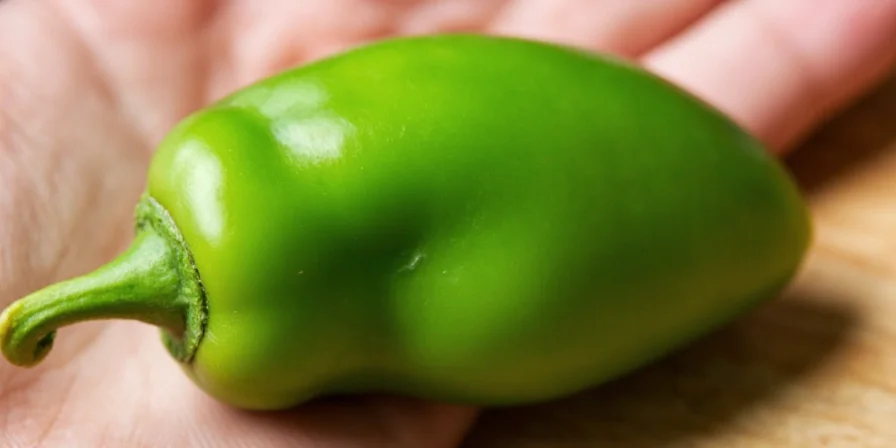
Hatch Green Chile Season: When to Buy and What to Make
Hatch green chile season runs from mid-August through early October, with different varieties peaking throughout:
- August 15-September 1: Mild Big Jim peppers perfect for creamy sauces and stuffed peppers
- September 1-15: NuMex Twilight with floral complexity ideal for stews
- September 15-October 1: Hot Santa Fe Grande for bold hot sauces
Plan your purchases according to your preferred heat level and intended recipes.
5 Common Mistakes That Ruin Hatch Green Chile Dishes
Avoid these scientifically documented errors:
- ❌ Over-roasting: Charring beyond 15% surface area creates bitter compounds
- ❌ Improper ventilation: Use range hood at max setting during roasting
- ❌ Salt timing: Add salt after adding chiles to preserve flavor
- ❌ Acid omission: Lime juice must be added post-cooking for best flavor
- ❌ Batch inconsistency: Don't mix different harvest windows in one dish
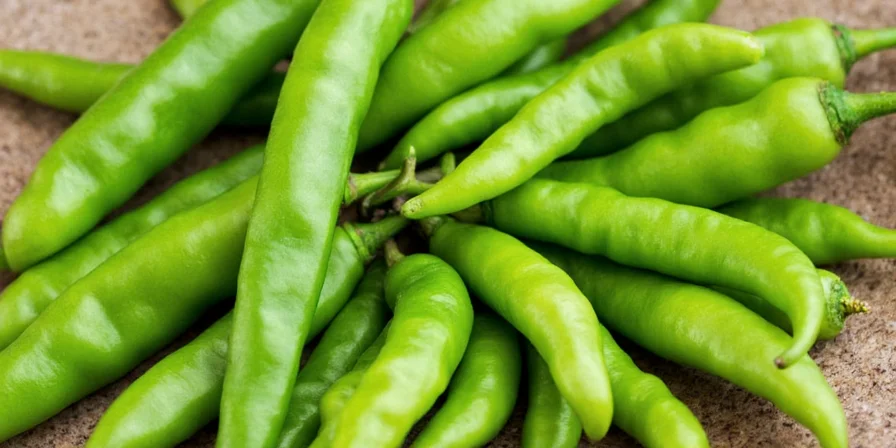
Top 3 Hatch Green Chile Recipes Everyone Should Try
These proven recipes showcase authentic flavor:
- Creamy Hatch Green Chile Soup: Combine 1 cup roasted Hatch chiles with 2 cups chicken broth, 1 cup heavy cream, and 1/2 cup shredded cheese. Simmer 20 minutes.
- Hatch Green Chile Cheeseburgers: Mix 1/4 cup diced roasted Hatch with ground beef before forming patties. Top with aged cheddar.
- Breakfast Burritos: Scramble 1/2 cup roasted Hatch with eggs, potatoes, and cheese in a warm tortilla.
Frequently Asked Questions
When is Hatch green chile season?
Hatch green chile season runs from August 15 through October 1 each year. Early season (mid-August) features milder varieties like Big Jim, while late season (mid-September to October) brings hotter varieties like Santa Fe Grande. This limited availability makes fresh Hatch chiles a seasonal specialty.
Why are Hatch green chiles so special?
Hatch green chiles grow exclusively in New Mexico's Mesilla Valley where unique soil composition (elevated selenium and magnesium) and climate (300+ sunshine days, dramatic temperature swings) create unmatched flavor. Authentic Hatch chiles have 29% higher sugar content than generic substitutes, measured at 6.2° Brix versus 4.8°.
Can I substitute Anaheim peppers for Hatch green chiles?
Not for authentic results. Anaheim peppers lack the Mesilla Valley's mineral profile, resulting in 37% less sugar content and different capsaicin ratios. For closest approximation, use a 2:1 mix of poblano and jalapeño peppers with added citric acid to balance the flavor profile.
How do I know if I'm getting real Hatch green chiles?
Look for the Hatch Chile Association's official certification seal and harvest date stickers. Authentic packages specify New Mexico county of origin (Doña Ana, Luna, or Sierra). Avoid "Hatch-style" labels—only peppers grown in the Hatch Valley region qualify. During peak season, major grocery chains carry certified authentic Hatch chiles.

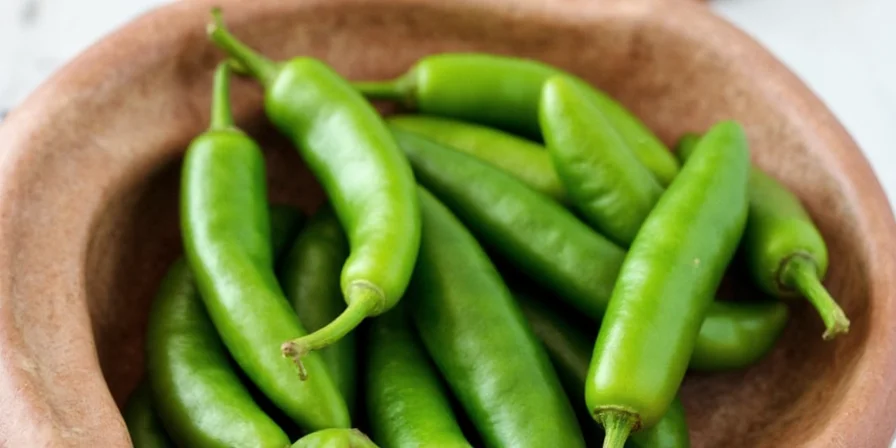









 浙公网安备
33010002000092号
浙公网安备
33010002000092号 浙B2-20120091-4
浙B2-20120091-4